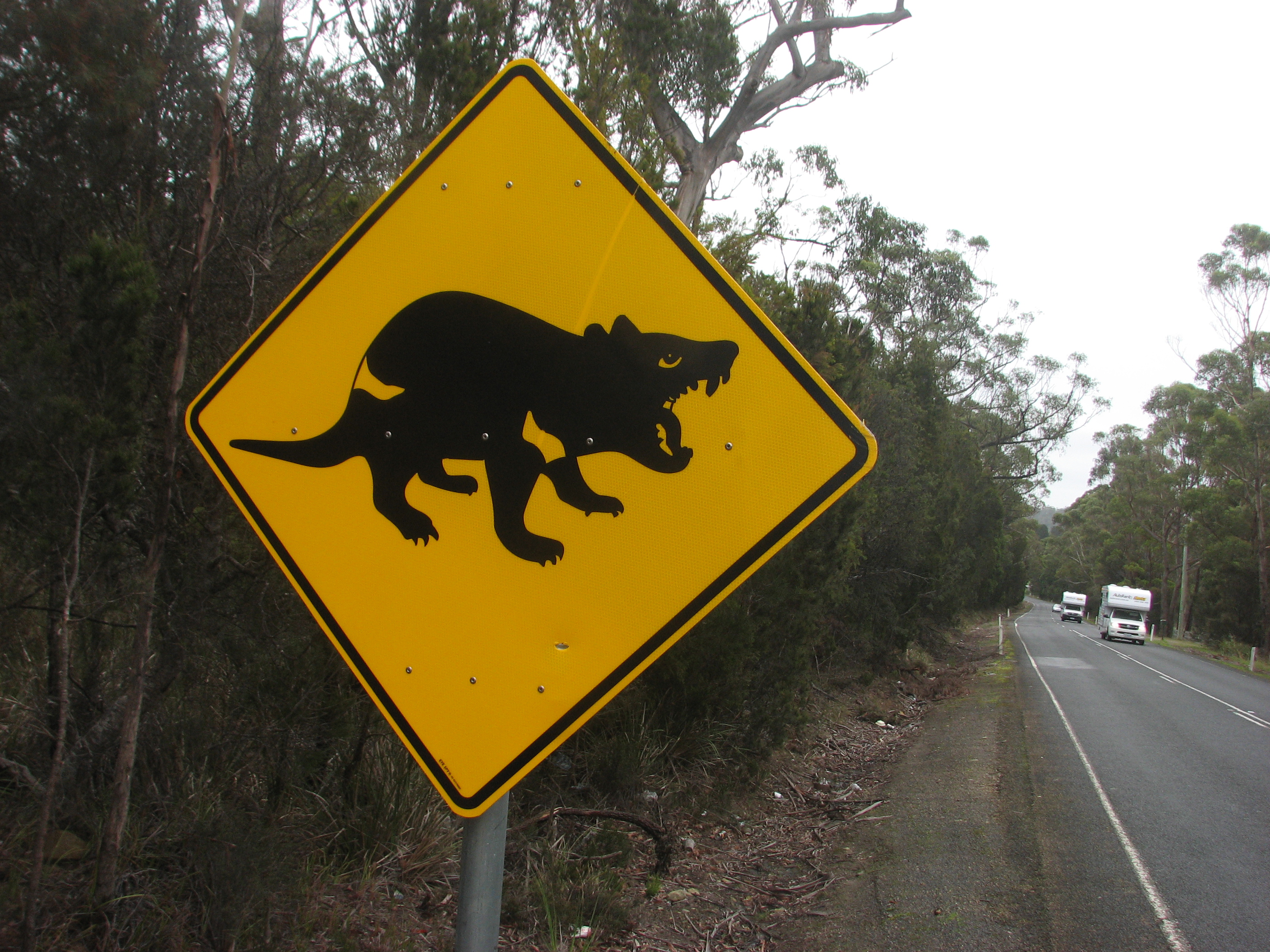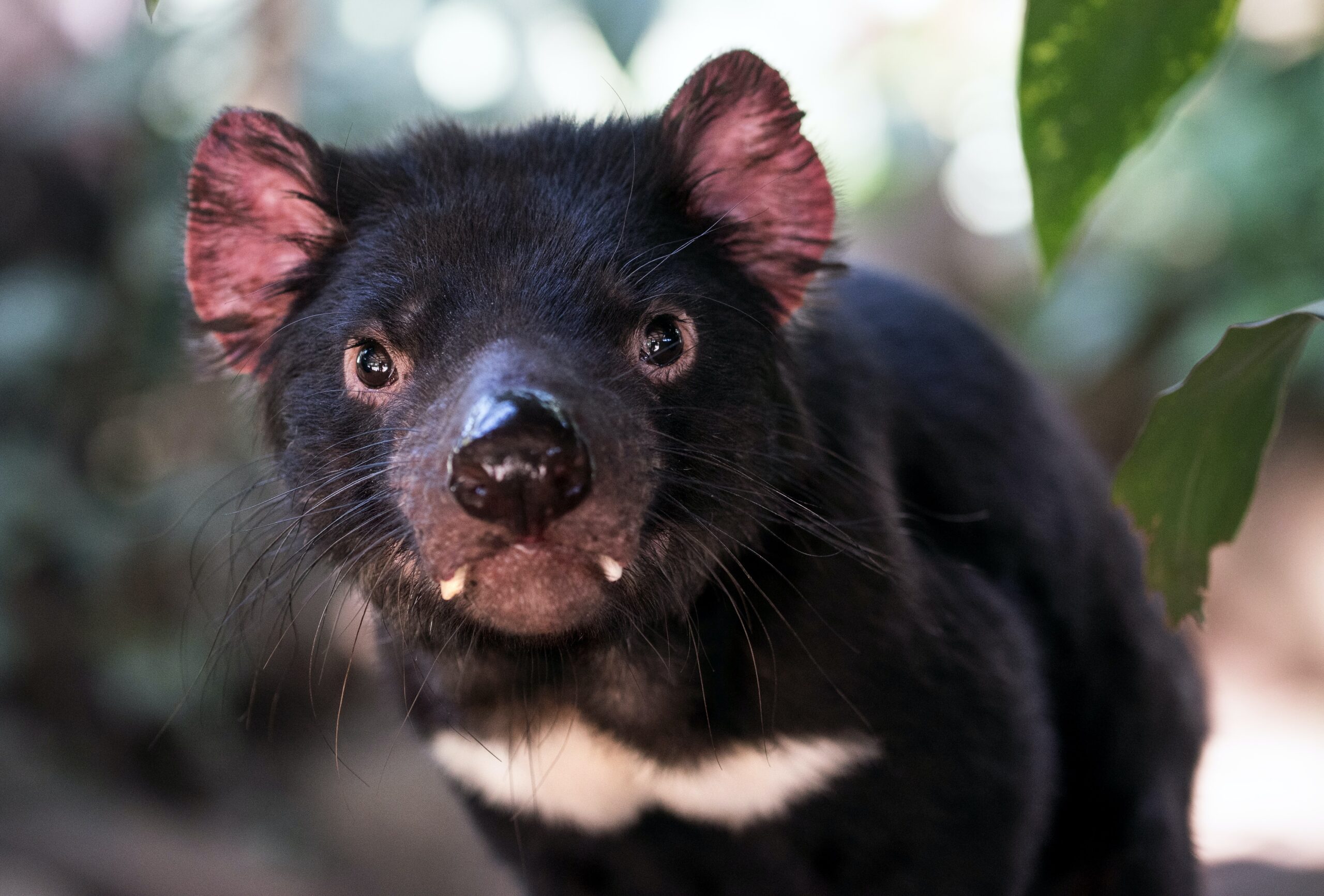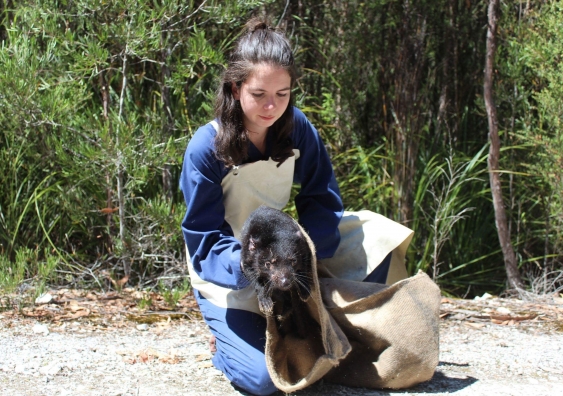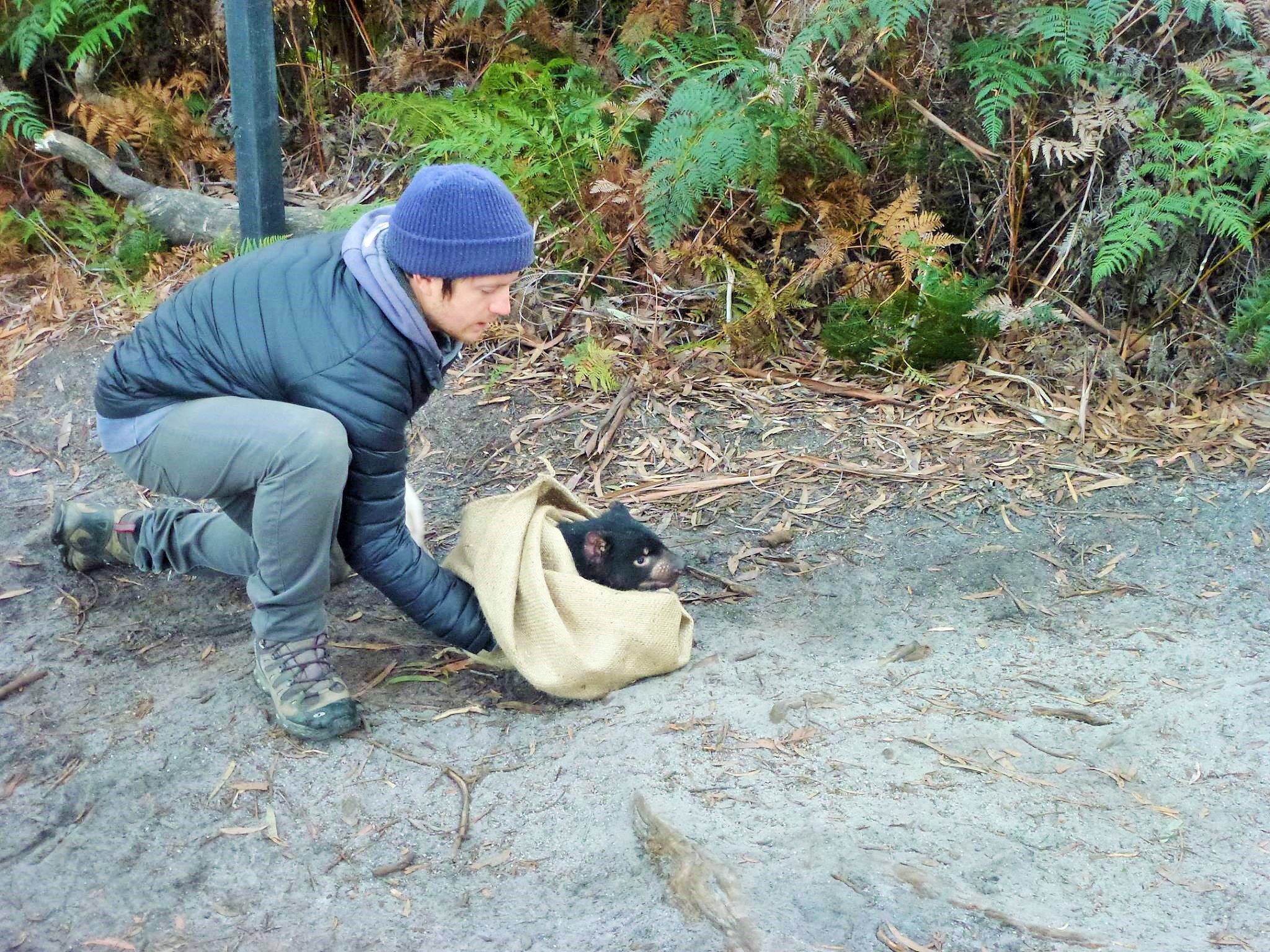The evolution of two transmissible cancers in Tasmanian devils
Tasmanian devils have spawned two transmissible cancer lineages, named devil facial tumour 1 (DFT1) and devil facial tumour 2 (DFT2). We investigated the genetic diversity and evolution of these clones by analysing 78 DFT1 and 41 DFT2 genomes relative to a newly assembled, chromosome-level reference. Time-resolved phylogenetic trees reveal that DFT1 first emerged in 1986 […]
Continue Reading




